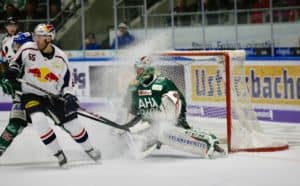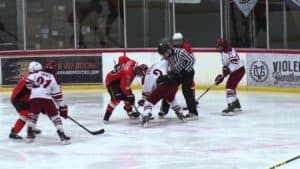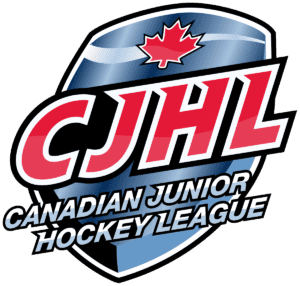Junior Hockey In Canada
The junior hockey system in Canada is relatively comparable to that of the United States Junior hockey system; however, both countries have some considerable differences in terms of eligibility rules, as well as how the leagues are set up.

The most popular and premier Junior leagues in Canada play under the Canadian Hockey League (CHL) banner. The CHL is comprised of three leagues — Western Hockey League (WHL), Ontario Hockey League (OHL), and the Quebec Major Junior Hockey League (QMJHL). The CHL is referred to as Major Junior in Canada and is the highest amateur level of hockey in the country.
Its closest counterpart within the U.S. Junior hockey system would be the United States Hockey League (USHL), however, there is one big difference that accompanies the CHL. As soon as a player signs a standard player agreement with an organization in the CHL they automatically lose their eligibility to play NCAA hockey. This is due to the fact the NCAA views the CHL as a professional league because players can be signed with NHL teams and continue to play in the CHL.
One thing that comes along with playing in the CHL is its academic scholarship program. For every year a player competes in the CHL he gets a year of university tuition paid. Many CHL players will continue their playing careers at the U Sport (Canadian university) level once they have completed their Junior eligibility. Teams in the CHL play a 68-game, pro-style schedule and are only allowed to have three 20-year-old players on their rosters. Major Junior is also completely free-to-play, meaning there is no tuition or player fees. Each May, the winner of each respective league, plus the host team, playoff in a tournament called the Memorial Cup to crown the best team in Major Junior hockey.
Canada Junior Hockey comparable to Junior Hockey in the United States
Junior “A” hockey in Canada is comparable to the Tier II level in the United States. The British Columbia Hockey League (BCHL) sends a similar number of players to NCAA Division I as the North American Hockey League (NAHL), while the Alberta Junior Hockey League (AJHL) also contributes a steady number of advancements.
Junior “A” hockey in Canada is governed by the Canadian Junior Hockey League (CJHL), which is comprised of 10 leagues from coast-to-coast. The Junior “A” system serves two main purposes to junior players in Canada:
- To send players to play hockey in the United States
- To be used as developmental leagues for CHL teams
CJHL leagues such as the BCHL, AJHL, and Saskatchewan Junior Hockey League (SJHL) are often popular choices for American players to play Juniors as these leagues feature 127, 31, and 37 “import” players from the United States, respectively. CHL teams will often recommend their prospects to play a year or two of Junior “A” to develop into players good enough to compete at the Major Junior level.
For the most part, Junior “A” hockey tuition is covered by the team, although in recent years some teams have begun to charge tuition and billeting fees to help cover team costs. Leagues such as the Ontario Junior Hockey League (OJHL), as well as the Superior International Junior Hockey League (SIJHL), have found it increasingly difficult to support the team financially and have implemented a tuition fee for their players in order to keep the lights on.
Teams are allowed to keep between six and eight 20-year-olds, varying by the league. There has been talk of decreasing these numbers to make room for younger players and to keep the leagues younger.
The Robbie Cup; The Ultimate Jr. Hockey Playoff Championship Setup
The RBC Cup is played each year to determine the CJHL national champion. Winners of each CJHL league will play off with each other to decide who advances to the RBC Cup.
There is also a plethora of Junior “B” and “C” leagues within Canada. Some of these leagues have some Junior “A” kickbacks, which are players who have spent time playing Junior “A” but have been released by their clubs. For the most part these leagues are for the love of the game. Junior “B” leagues, although sometimes competitive, are not viewed as developmental leagues within Canada. The one exception to this is the Kootenay International Junior Hockey League (KIJHL) based in interior British Columbia. The KIJHL often sends players to the ranks of Junior “A” and is viewed as the most competitive Junior “B” league in the country. These leagues play in provincially based environments and games are typically held on weekends. There is a national Junior “B” championship held every year to award the best team in Canada.
Any questions about the Canadian Junior hockey landscape, or any suggestions of topics you would like to have discussed in future articles, please contact Ryan Gibson at gibsonryan17@gmail.com.










